Affiliate links on Android Authority may earn us a commission. Learn more.
Netflix has to choose between quality and quantity if it wants to stay on top
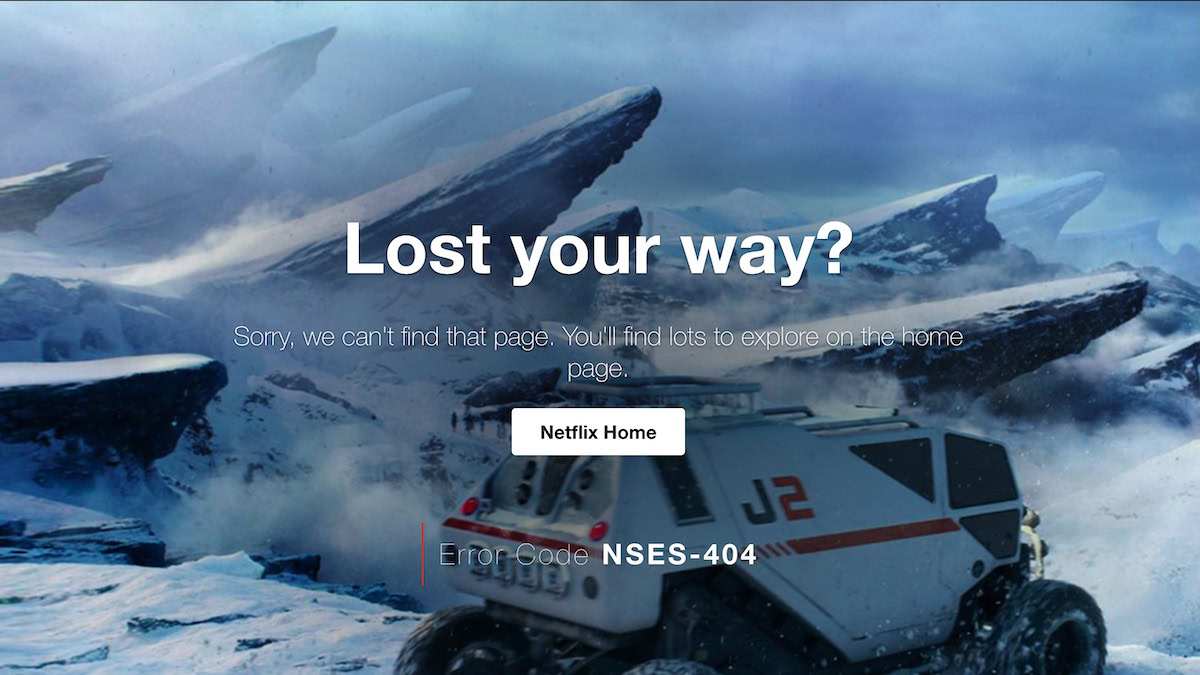
It wasn’t long ago that Netflix looked like the unstoppable king of streaming. It was too big to fail; an eternally growing subscription machine. A combination of licensed titles and Netflix originals made it an essential, one-stop service.
Check out: The best streaming original shows on every major platform
With slowing growth and the emergence of some worthy competitors over the last couple of years, that status was already under threat even before the recent news that the company lost over 200,000 paid subscribers in the first quarter of 2022. That’s the first dip in subscribers in over a decade. Rising prices and new measures to crack down on password sharing combined with a dwindling slate of licensed titles have made many subscribers reconsider their relationship with the streamer.
We can quibble over price points and anti-sharing strategies, but Netflix is ultimately in the business of content. That means it needs to deliver the goods. And this is where the streamer has a real opportunity. Netflix originals are all over the map. If Netflix wants to stand out amidst growing competition, it needs a clear and appealing identity.
The rise of Netflix and Netflix originals
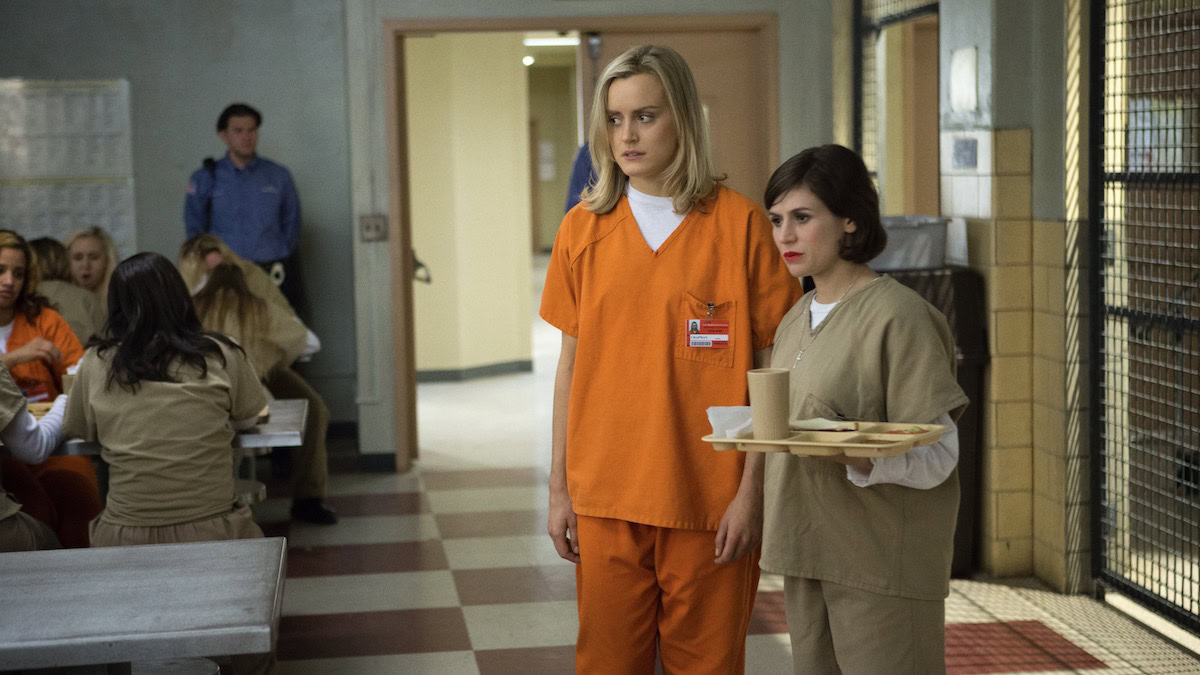
After years as a successful mail-order DVD rental service, Netflix became the first major player to stream shows and movies in 2007. It was the go-to streamer in 2012, when its first original series, Lilyhammer, launched.
The streamer always knew that third-party content was a finite resource. That’s why Netflix started making original content in the first place. With fewer serialized shows being produced for traditional TV and the DVD market drying up, there was a looming content shortage. “I looked at that and realized we were faced with a supply source that wasn’t reliable,” Netflix’s chief content officer Ted Sarandos told The Hollywood Reporter in 2012.
Netflix spent over $17 billion on original content last year alone.
From there, the company invested hard. Just last year, Netflix spent over $17 billion on original content globally. But unlike a lot of media companies, Netflix’s output doesn’t really point to a consistent brand, style, or audience.
While Netflix’s early slate of originals — like 2013’s House of Cards and Orange Is the New Black — traded on prestige, there’s no sense of a cohesive content strategy anymore. And the high-profile library titles like Friends and The Office have moved to newer streamers, leaving Netflix with a dwindling back-catalog of licensed titles to supplement its sprawling slate of uneven originals.
Is Netflix on the decline?
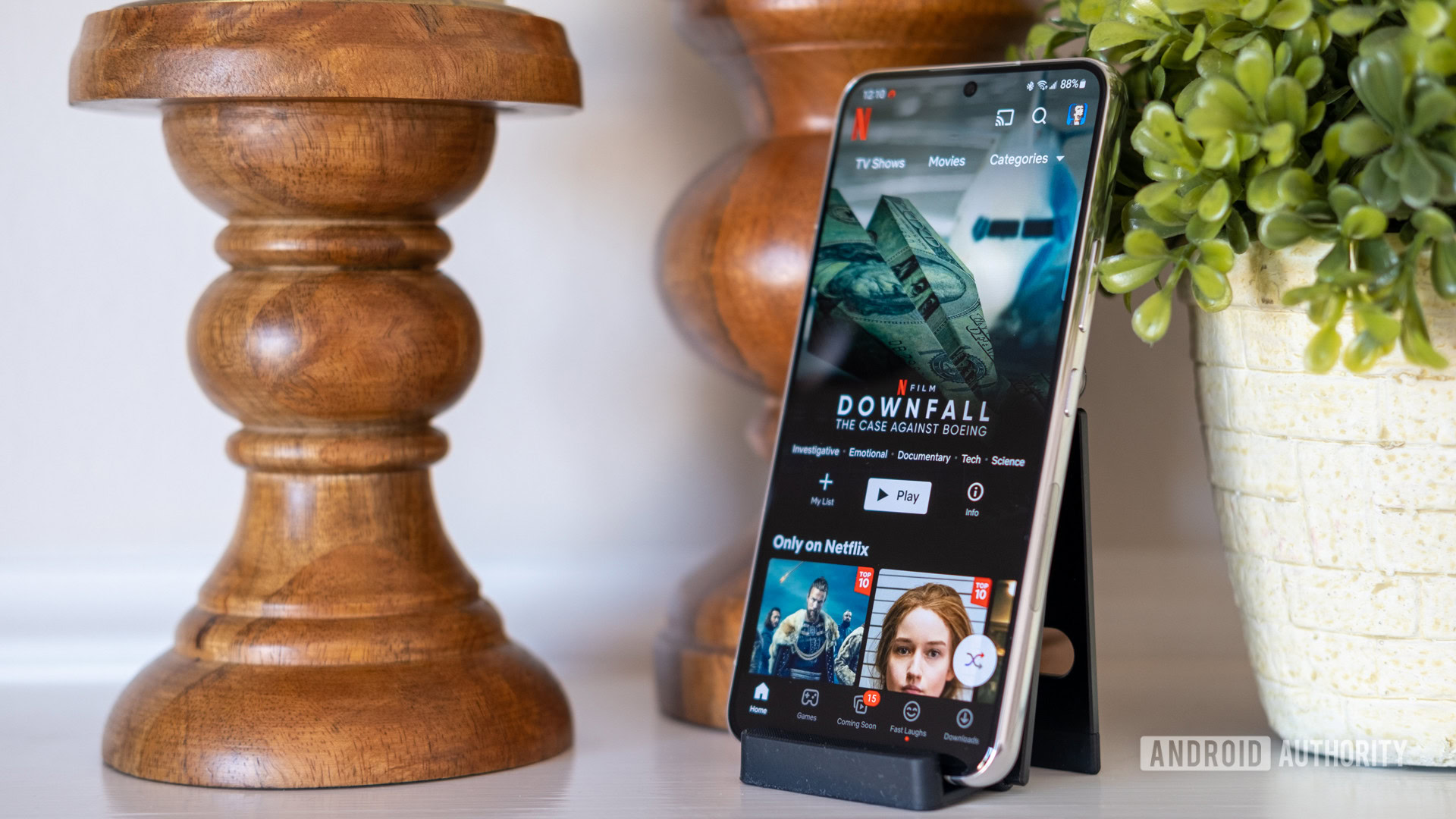
With Netflix’s loss of 200,000 subscribers, the obvious conclusion to draw is that the service is on the decline. The situation may in fact be more complicated than that.
First off, let’s not kid ourselves. With over 200 million subscribers globally, Netflix remains the biggest streaming service by a wide margin. Over two million more subscribers are projected to drop off in Q2, but we’re likely not talking about a company on the brink of collapse.
Having said that, the company is clearly feeling the pressure. Netflix was already beginning to roll out strategies to combat password sharing by charging users for piggybacking on accounts. This came after an already unpopular price hike in January. Both moves are likely causes of the recent setback.
Additionally, CEO Reed Hastings revealed during a quarterly earnings call that the company is planning to roll out cheaper ad-supported plans in a bid to keep subscribers. Hastings has famously been opposed to adding ads to Netflix for years, so that’s a significant development.
We’re certainly looking at a company that wants to correct course, even if it’s not exactly a sinking ship. Maybe the answer will lie in ad-supported options or rolling back price increases. The most common complaint, though, is that Netflix just doesn’t bring the goods on the content side. So, let’s look a bit closer at Netflix’s content strategy and consider what lies ahead.
Some great Netflix originals

Whether you feel you’re getting your money’s worth or not, there’s no doubt that Netflix produces and commissions some great stuff. Viewers show up for it too. And that’s not just because of its global reach. The streamer consistently dominates Nielsen’s top 10 ratings list for streamers, which only tracks American viewership.
Squid Game was a global phenomenon last year, and shows like The Last Kingdom, Ozark, Stranger Things, Bridgerton, Big Mouth, and many more attract tons of viewers.
There's no denying that some Netflix originals are truly knockout programming.
The company also boasted two Academy Award Best Picture nominees from its slate of Netflix originals last year with The Power of the Dog and Don’t Look Up.
All things considered, Netflix is clearly producing titles with mass public and critical appeal, with a consistent stream (pardon the pun) of hits landing on the service nearly every single week.
Too much filler?
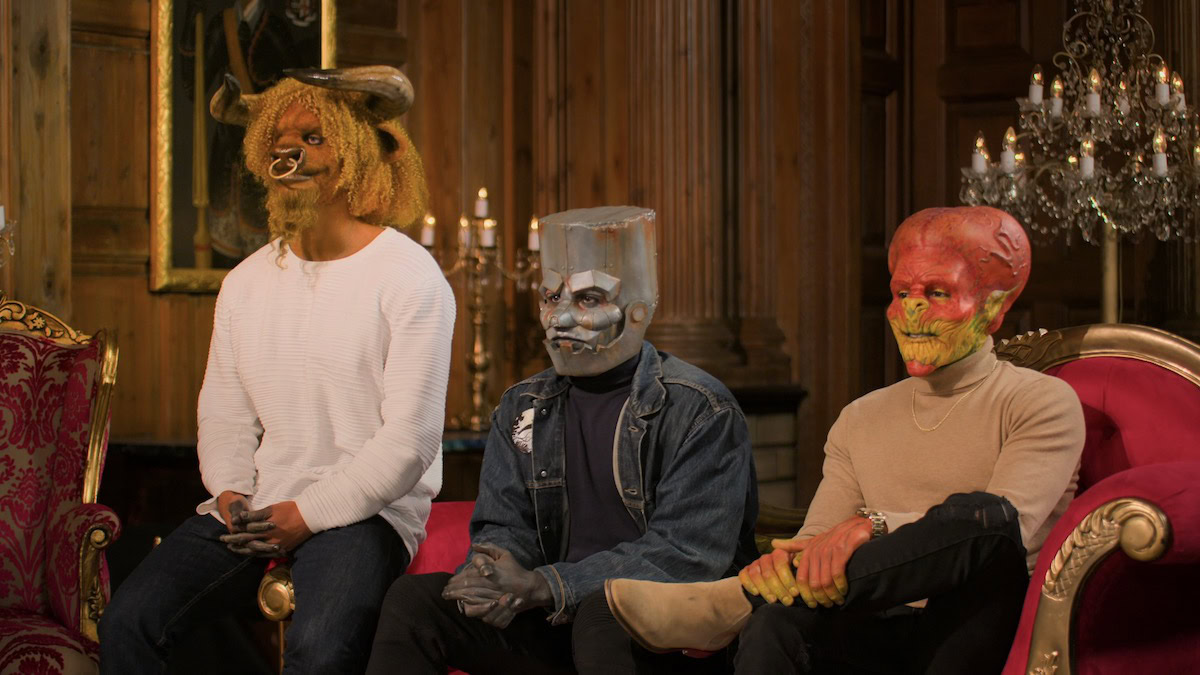
For every The Lost Daughter or The Witcher, Netflix does seem to release dozens of forgettable shows and movies. Its films range from critically-acclaimed hits like The Harder They Fall to derided blockbusters like Red Notice, but more often, its output is of the middling sort. Films like Sweet Girl, Kate, Outside the Wire, Malcolm & Marie, Yes Day, and more aren’t just poorly received. Rather, they barely register at all, little more than stuff that accidentally watch due to Netflix’s annoying autoplay.
The TV side is similarly bloated, with dubious reality shows, true crime docuseries, comedies, animation, and dramas coming in all shapes in sizes. Are people hooked on Sexy Beasts and The Ranch, or are these shows just there, convenient to click on in lieu of other obvious options?
Are people just watching Netflix originals out of habit? How many are truly hitting the mark?
Netflix notoriously leaves some of its shows and movies virtually unadvertised, making it a miracle when you stumble upon something like Richard Linklater’s recent Netflix original Apollo 10½: A Space Age Childhood, a beautiful film I had to seek out because the algorithm never bothered to put it in front of me.
It would be easier to get some of these standout projects to their audiences without oceans of mediocre filler getting in the way. It would probably be cheaper too.
Netflix (and Netflix originals) needs to pick a lane
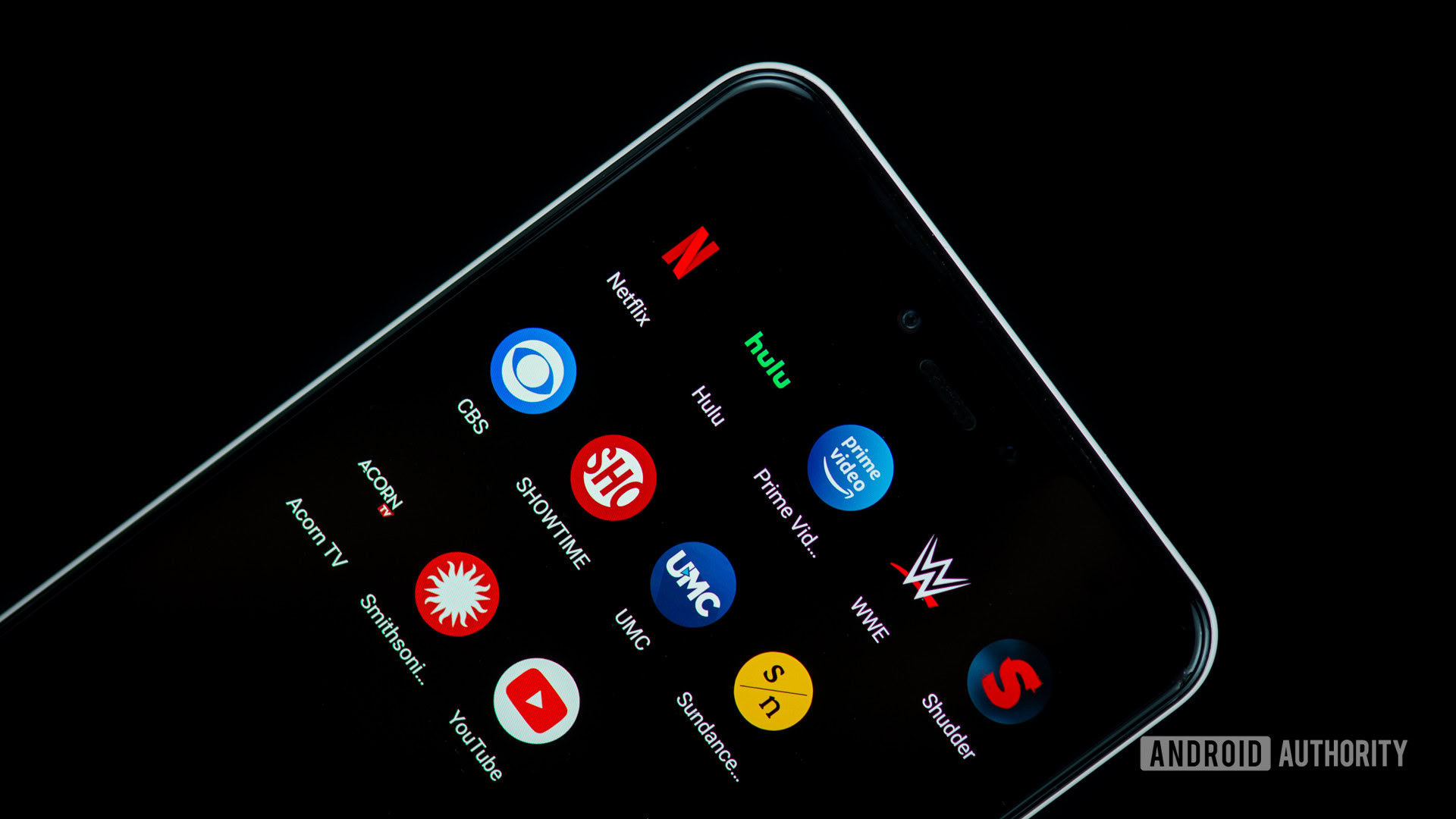
While Netflix used to be the only game in town, or close to it, that’s not the case anymore. That means it needs to decide what niche it wants to fill. And it needs to assess whether that niche is actually worth the higher price point Netflix is used to charging.
There’s too much competition out there for Netflix to just lean on its outdated reputation.
Read more: The best Netflix alternatives
HBO Max has emerged as a strong contender for the one-stop streaming spot, and with parent company Warner Bros. Discovery looking to consolidate its streaming efforts in one place, it may soon grow with content from Discovery Plus and the now short-lived CNN Plus added to the mix.
Netflix is becoming a niche streamer, but it hasn't found its niche.
On a larger scale, there’s also the question of branding. What is Netflix’s brand, exactly? Increasingly, it seems to be tied to its originals, since it can maintain control over those and host them exclusively. But Netflix as a brand itself doesn’t confer any clearly-defined identity. Disney Plus combines known brands like Pixar, Marvel, National Geographic, and more. Peacock has ties to NBC. More niche streamers like Shudder and The Criterion Channel lean on human curation. Even Apple TV Plus originals carry with them an aura of prestige if not a clear storytelling brand. The smaller, high-quality library is itself a selling point for Apple.
Where does all that leave Netflix? Does the legacy streamer want to produce oscar-winning Netflix originals? Does it want to be the new HBO, exclusively producing prestige series? Is it content with cutting costs and pumping out dating shows on the cheap? It may want to take a page from Apple’s book and pick a lane it can really dominate in.
People are getting tired of paying for such an uneven collection of Netflix originals as their favorite movies and shows migrate elsewhere. Netflix has a huge head start on the competition, and it’s certainly still in the game. But it needs to decide what role it wants to play in a changed and changing landscape.